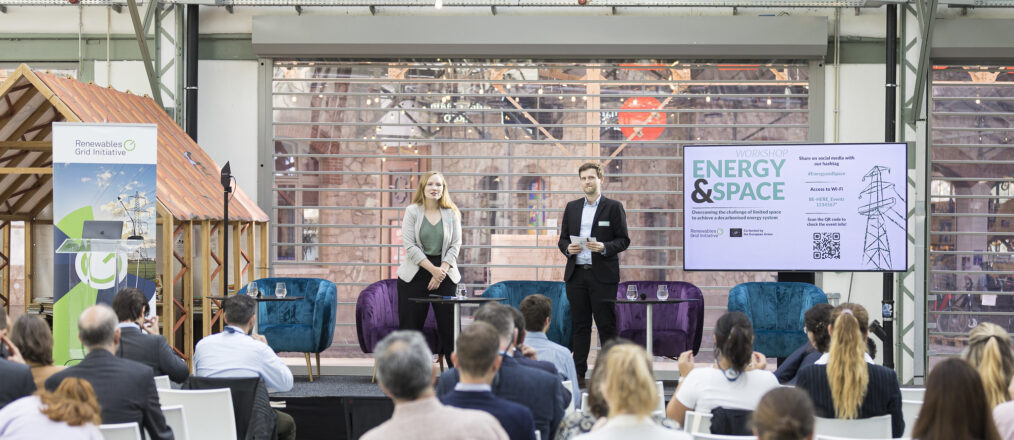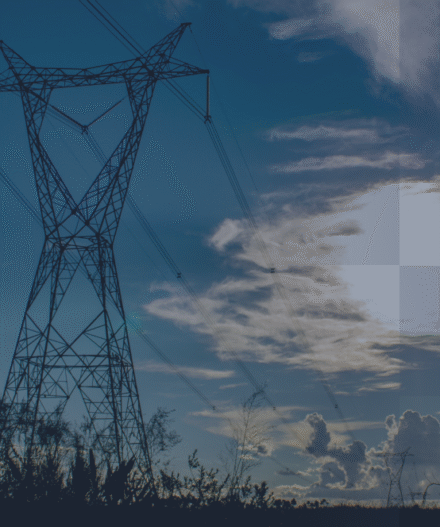Organised by RGI
RGI’s Energy & Space Workshop discussed the challenges of limited resources to reach a decarbonised future and how to address them. During the event, the results of analysis about the needed space and water for different decarbonisation scenarios were presented, and invited experts shared their perspectives on how to plan energy systems while considering resources’ constraints and applying different planning tools and approaches.
Why energy & Space?
The European Union has committed to decarbonise by 2050, in line with the Paris Agreement. To accomplish this goal, the transformation of the energy sector towards a renewables-based system is playing a key role in European strategies for decarbonisation, but renewable energy sources and the accompanying transmission infrastructure will require space both on land and sea.
However, space is a limited and valuable resource that can be used in a multitude of ways, including nature and biodiversity protection, urban and industrial development, energy infrastructure, agriculture, among others. This holds true also for water, the availability of which has decreased throughout the years.
Thus, a sound planning on how to adequately optimise available resources is necessary to minimise social and environmental impacts, ensuring a fair and nature-friendly energy transition.
To achieve the climate and energy targets set out for 2030, 2040 and 2050, different pathways could be taken, but some questions remain unanswered, such as:
01
What are the challenges laying ahead?
02
How the challenges related to a limited availability of space and water can be addressed?
03
What are available tools that can be helpful for the system and spatial planning?
04
How can we address existing constraints related to implementation of a decarbonised energy system?
Drawing from these questions, RGI commissioned the Reiner Lemoine Institute (RLI) to analyse the requirements of space and water to achieve a decarbonised future, as well as the differences and implications stemming from the implementation of different decarbonisation scenarios.
About the workshop
During the Energy & Space Workshop: Overcoming the challenge of limited water and space to achieve a decarbonised energy system, the results of this analysis were presented and different experts shared their views during the panel discussion sessions. A final interactive session involved participants in productive conversations about four topics:
01
Optimisation and bottlenecks for planning the future energy system
02
Onshore wind energy planning
03
Offshore wind infrastructure planning
04
Stakeholder engagement throughout energy infrastructure project steps
The programme for the day, as well as invited speakers are detailed below.
Energy & Space: Project & Analysis
The analysis, launched during our Energy&Space workshop can be accessed below, as well as the project webpage.
Workshop Presentations
Graphic recording
During the workshop, Illustrator Zsofi Lang summarised the discussions in a mural art, which also allowed participants to add elements to the illustration. You can see this collaborative graphic recording effort in our timelapse video.
Agenda & Speakers

















contact
Nathália Pimentel
nathalia[at]renewables-grid.euManager – Communication & Energy Systems

Dr. Andrzej Ceglarz
andrzej[at]renewables-grid.euDirector – Energy Systems


























